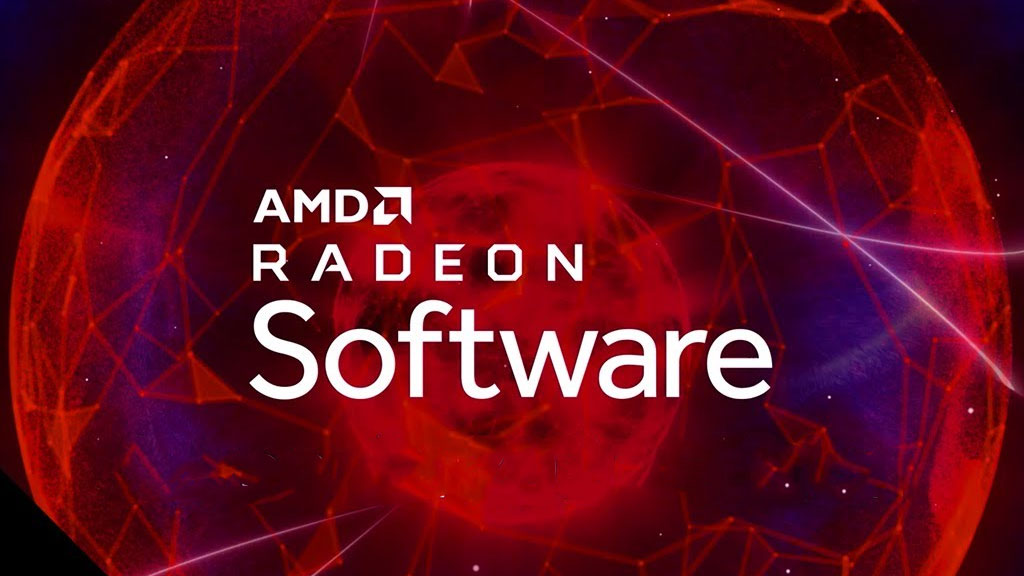AMD’s latest GPU driver quietly delivers a massive boost in Mesh Shader performance
The mystery of higher than expected CPU usage tied to Radeon Software remains unsolved, though.

AMD has released a new GPU driver (v21.2.2), and with it comes a few bug fixes, including one for a game that is over two decades old. That would be Quake III Arena—installing the latest driver eliminates corruption when loading or playing the game. That's great and all, but the biggest benefit is not even mentioned in the release notes.
After seeing reports of the 21.2.2 driver release boosting performance in UL's new Mesh Shader feature test in 3DMark, we decided to give it a test run ourselves, on an AMD RX 6800 XT graphics card. We fired it up twice—once with the previous driver and again with the latest release. And wow, did it make a big difference:
- Radeon RX 6800 XT (new driver): 468.77 fps (Mesh Shaders enabled)
- Radeon RX 6800 XT (old driver): 218.50 fps (Mesh Shaders enabled)
- Radeon RX 6800 XT (new driver): 28.09 fps (Mesh Shaders disabled)
- Radeon RX 6800 XT (old driver): 28.09 fps (Mesh Shaders disabled)
There are two sets of results for each run, because the feature test makes an initial pass with Mesh Shaders disabled, and then a second pass with Mesh Shaders turned on, to compare the difference.
Using the previous driver release, enabling Mesh Shaders improved performance nearly 677 percent, going from 28.09 fps (baseline) to 218.5 fps. Not bad, or so we thought. After applying the latest driver, however, Mesh Shader performance showed a massive 1,569 percent gain, to 468.77 fps. Compared to the old driver, the new one improved Mesh Shader performance by around 115 percent.
AMD's software engineers clearly spent some time optimizing the latest GPU driver, and it makes all the difference in the world when utilizing Mesh Shaders. Hopefully that will translate to actual gameplay at some point.
As for what is covered in the release notes, in addition to cleaning things up in Quake III Arena, it fixes an issues that can cause objects to render incorrectly when using EEVEE render in Blender on Radeon RX 400 and 500 series hardware. It also addresses lower than expected performance in Wolfenstein: Youngblood when AMD Smart Access Memory is enabled.
On the flip side, there are half a dozen known issues that have yet to be resolved. The most concerning of the bunch deals with CPU spikes related to AMD's Radeon Software utility.
The biggest gaming news, reviews and hardware deals
Keep up to date with the most important stories and the best deals, as picked by the PC Gamer team.

Best CPU for gaming: the top chips from Intel and AMD
Best graphics card: your perfect pixel-pusher awaits
Best SSD for gaming: get into the game ahead of the rest
"AMD is currently investigating end user reports that Radeon Software may sometimes have higher than expected CPU utilization, even when a system is at idle. Users who are experiencing this issue are encouraged to file a bug report in Radeon Software," the release notes state.
Some of the related complaints are more than a year old. For example, there is a post on AMD's community forum from December 2019 from a user who claims their Ryzen 5 2600 is "constantly sitting between 13 percent and 20 percent usage, and the clockspeed is stuck at 3.6GHz," with the Radeon Software utility showing 12 percent usage in Task Manager.
In any event, you can download the latest driver release through Radeon Software, or grab it from AMD's driver page to install it manually.
Paul has been playing PC games and raking his knuckles on computer hardware since the Commodore 64. He does not have any tattoos, but thinks it would be cool to get one that reads LOAD"*",8,1. In his off time, he rides motorcycles and wrestles alligators (only one of those is true).


